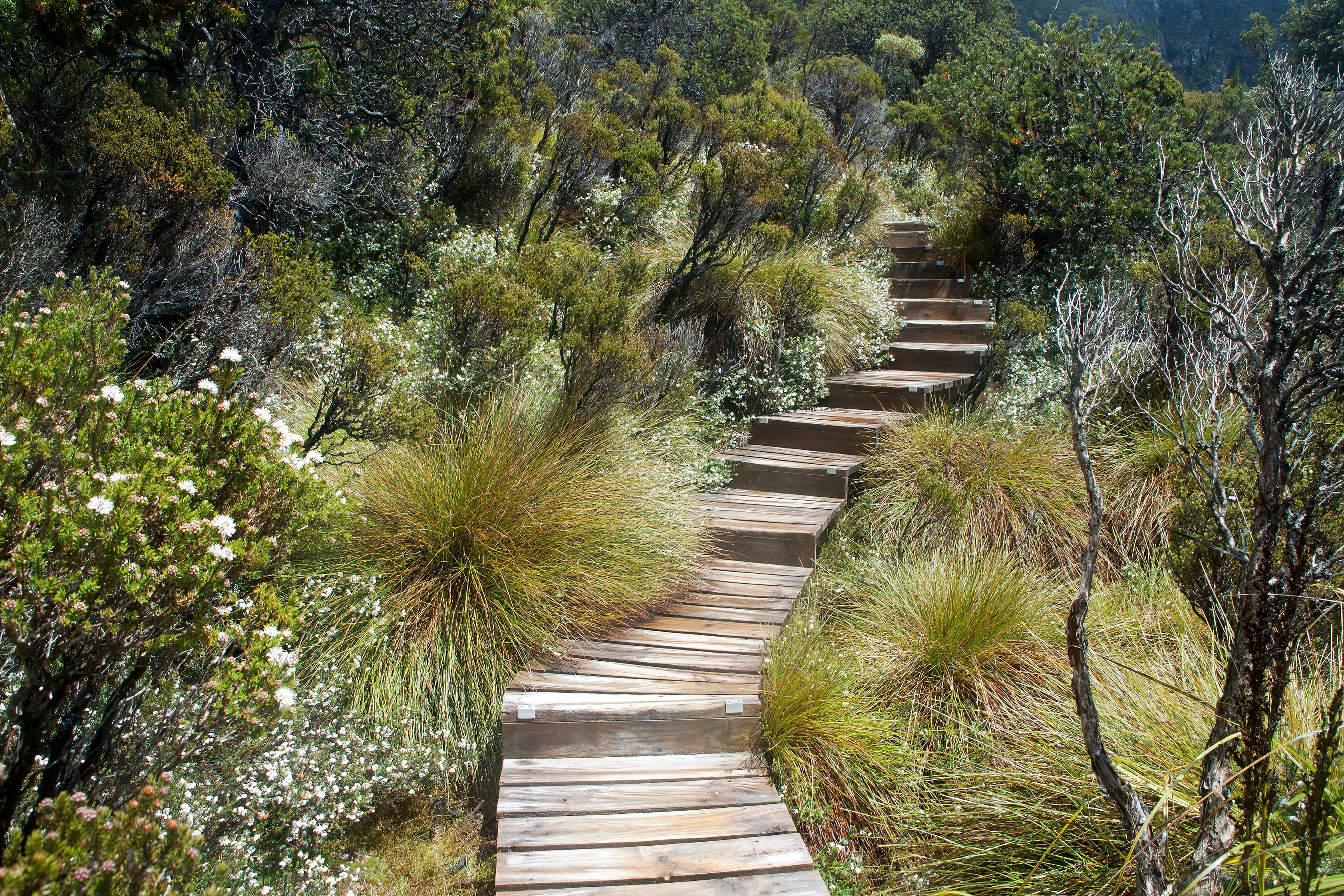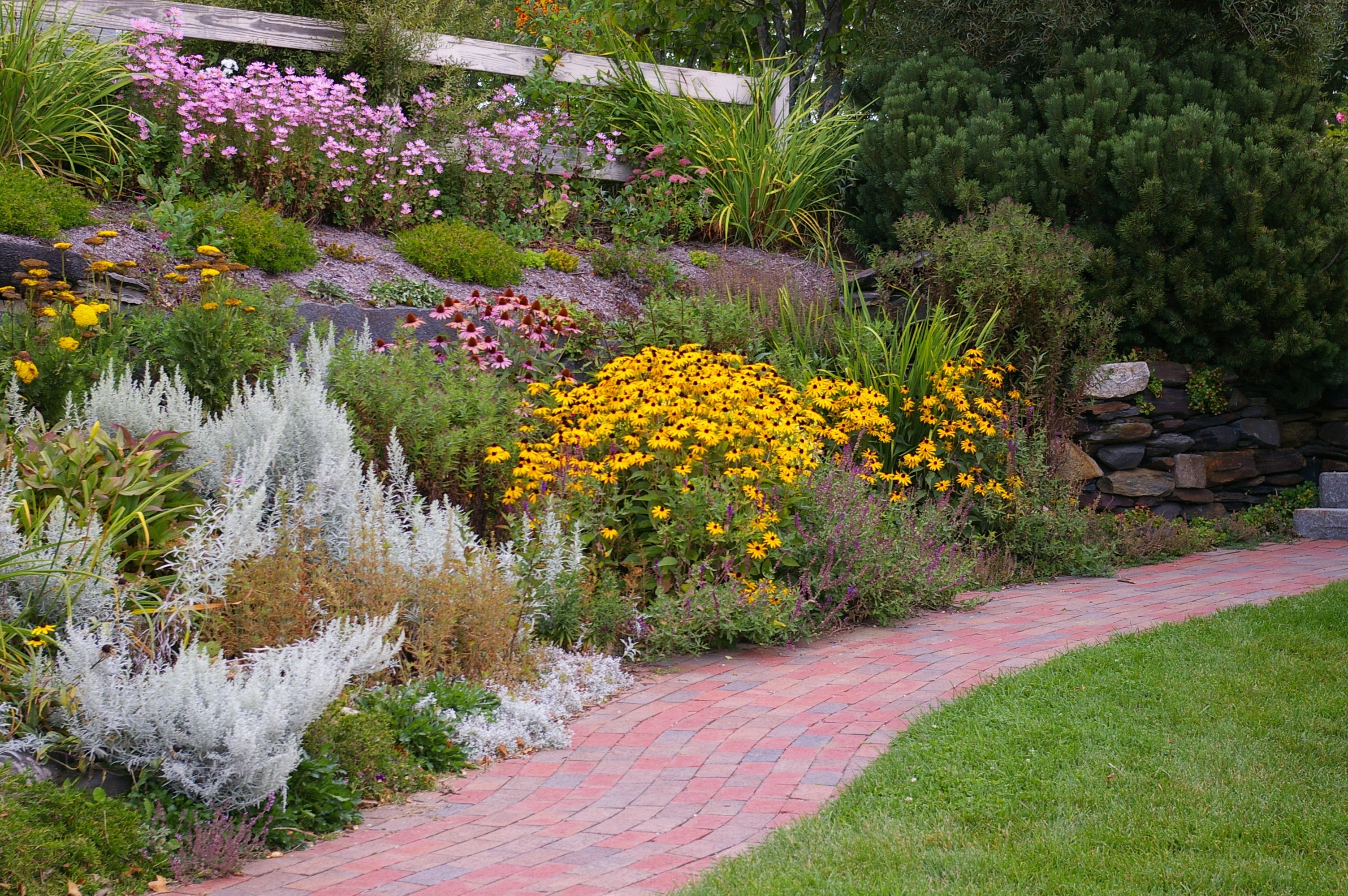Texas Xeriscaping: Simple Guide to Water-Wise, Beautiful Gardens

When people think of drought-resistant plants, they may picture cacti or grass, but they don’t always think of a beautiful garden. However, you can create truly gorgeous gardens using xeriscaping, the practice of gardening that reduces or eliminates water use.
Xeriscaping is easier than it sounds, it's just about embracing nature rather than trying to force it to our will. That means instead of growing thirsty lawns or other water-loving plants, choose native or other plants adapted to our Texas climate. Native plants need little to no water once they are established because they already grow here.
Key Texas Xeriscaping Benefits
-
Water conservation gardening using low/no water resources to maintain
-
Helps protect our native plants by using them in landscaping
-
Native plants support local birds, bees, butterflies, and other native pollinators that help our food crops
-
Increase property value with beautifully sustainable gardens
-
Low-maintenance
-
Most xeriscape plants tolerate poor soils and have low fertilizer needs
-
Affordable gardens using tough perennials that don’t need annual replacements
Water Resources in Texas
Texas summers are hot, so we use lots of water to maintain our yards. According to the Texas Water Development Board, about 31% of our annual water use is for outdoor, mostly watering lawns or gardens. Those in the driest parts of the state use even more.
However, with ongoing droughts and the depletion of our water supplies, finding ways to conserve water has never been more important. So, here are some things you can do to conserve water in your yard this summer!
Conserving Water in Texas Summers
-
Replace your front lawn with a water-wise xeriscape garden
-
Collect rainwater in barrels or direct it into a raingarden
-
Replace water-hungry non-native plants with native plants
-
Mulch your plants to reduce evaporation
-
Use drip irrigation and water in the morning
-
If you are on your own water system, use gray water for your ornamental plants
Choosing Plants For Your Water-Wise Texas Garden
First, you should understand your soil, sun, and other landscape characteristics so you can work with nature rather than fight against it.
Always research your plants' water, sun, and soil needs and then plant them according to those needs. For example, for spots with sunny southern exposure, choose plants that thrive in full sun and high heat and have low water needs. If you have a shady spot, you can use that for more heat-sensitive plants or those that need a bit more water. If you have a low spot where the water pools when it rains, plant something that can handle some standing water.
Where do you find this information? Research plants online that are native or adapted to your area. If you aren’t sure where to begin, visit your local native plant nursery, or book a consultation with us!. Explain what you want and what your sun and soil are like so they can help you choose the right plants for the right spot.
Why Native Texas Plants?
Texas has a huge variety of gorgeous native plants to choose from. Native plants are usually the best choice for water-wise gardening because they are already adapted to our climate. This means they will survive most of our summer heat and droughts with little to no effort.
When you grow native plants, you help your local native ecosystem thrive by supporting a variety of native birds, bees, butterflies, and local pollinators that rely on those plants for food and shelter.
Texas Flowers For Water-Wise Gardens
We have a huge variety of native and adapted flowers that will brighten up any water-wise Texas garden with minimal effort. Once established, all the flowers below can handle drought and heat and have low water needs, so they are perfect for starting your gorgeous water-wise garden. Who said you had to compromise beauty for water conservation?
One great choice is the native Yellow Bells, which is drought and heat-tolerant and blooms long with lovely yellow flowers. Or, to mix in a splash of orange with that yellow, try Yellow Bells Sangria (shown below), which is just as drought and heat-tolerant. If orange is more your color, the Texas Lantana is a perfect groundcover shrub with gorgeous long-blooming flowers that are mostly oranges and reds with splashes of yellows.

If you want some pretty purples, try the Fall Aster (shown below). It thrives in rocky and calcareous soils and blooms late into the fall to keep the pollinators happy long after the other flowers have faded. Shrubby Purple Skullcap is another excellent option that tolerates dry and moist conditions.

For those wanting rich reds, try the Autumn Sage ‘Red,’ a fiery red variant of our native Autumn Sage that blooms from spring well into fall. Another great one is our native Flame Acanthus (shown below) with some of the brightest red flowers you will ever see, and a hummingbird magnet!

If pink is your color, then the native Rock Rose (shown below) is a great choice for its rosy pink blossoms and tolerance of dry, rocky soils.

Finally, if you fancy blue, the native Mealy Blue Sage (shown below) thrives in dry, calcareous soils and blooms from spring till fall. You can also try the highly fragrant Upright Rosemary, which is also drought-tolerant.

Ornamental Grasses For Texas Gardens
Ornamental grasses are a fantastic choice for sunny areas. They add interesting texture and style but are extremely tough and drought-tolerant.
The Gulf Coast Muhly (shown below) and the Big Muhly are gorgeous Texas native grasses that will thrive in a no-water garden.

Shrubs For Texas Gardens
Texas Sage ‘Green Cloud’ (shown below) is a popular native shrub, and for good reason. Its evergreen leaves provide year-round interest, and it’s fairly drought-tolerant and attracts lots of local pollinators.

Edible Texas Xeriscape Plants
Yes, you can even have water-wise edible plants in your garden. If you hope to get better yields, you may need to water them once in a while during the summer heat, but less than any other edible plants. The native Chile Pequin (shown below) has tiny round chile peppers that pack a powerful punch; try them dipped in chocolate for a yummy spicy treat! Another good, highly drought-tolerant edible is the Mexican Oregano with its deliciously spicy and citrus-like leaves.

Xeriscape Garden Designs
There are tons of options for xeriscape gardens. Just remember, it's always easier to work with nature than against it. Here are some ideas to add to make the most out of your water-wise garden!
Mulching Conserves Water
When you mulch your plants, you reduce water loss from the root zone. It also lowers the temperature around the roots, helping less heat-tolerant plants survive the summer.
Organic mulch made of bark or wood is perfect for flowers and shrubs. For those that like a bit richer soil, apply some compost first, then mulch. Pea gravel is the perfect mulch for cacti, agave, and other desert-loving shrubs.
If you have a lot of wind, sometimes organic mulches will blow away on you. If this describes your yard, you have a couple of simple options. One is to plant your plants in a small depression so that the crown of the plant is a bit below ground level. Then, mulch the depression. Another option is to top your organic mulch with a thin layer of pea-sized gravel to hold it in place.
Rock Gardens
Rock gardens make a gorgeous, eco-friendly replacement for a front lawn, and you can really let your creativity flourish. Build rock beds and borders, mixing and matching different decorative rocks for color and texture.
Building raised rock beds is also a great idea for dealing with areas with poor drainage, where water collects when it rains. Put some rocks, gravel, or even broken bricks or cement blocks in the bottom of the bed for drainage (shown below), then fill the rest of the bed with the right soil for the plants that will go in it.

Rainwater Elements
Harvesting rainwater is an excellent idea for wise water use. Use rain barrels to collect water from roof gutters. Plant large shrubs in front of the barrels to hide them, or get creative and paint them for added color in the landscape.
Another great idea is creating dry stream beds to capture and direct water. Use them where the water runs off your roof or on sloped areas where water flows naturally. They are super easy to make; just dig out a shallow trench where you want the water to flow and line it with rocks. Smooth river rocks will give it a natural look.
Try combining the dry stream bed with a rain garden by directing water from your driveway or gutters into a low spot in your landscape. Plant native wildflowers, shrubs, or sedges with higher water needs in that low spot, and the water will flow in and nourish them. Note that if you have soil high in silt or clay, the bottom of the pit is best planted with sedges or other plants that thrive in poor drainage. You can still plant your flowers or shrubs along the higher sides.
Water-Wise Irrigation Options
If your plants need some water during our hot summers, consider installing efficient drip irrigation instead of using sprinklers or hand watering. Sprinklers are especially inefficient because water lands everywhere, and evaporation rates are very high. Also, using them in the afternoon sun may burn the leaves.
Drip irrigation at the base of the plant is best because the water goes only where it’s needed. This keeps water loss low, especially when the plants are mulched. You can set your irrigation on timers so you don’t have to worry about them even when traveling.
If you live in the country and have your own water system, using a gray water system for your ornamental plants is another great water-wise option.
Final Thoughts
With ongoing droughts and water supply concerns, now has never been a better time to start water-wise landscaping. You don’t need to sacrifice beauty for water conservation - Texas has so many gorgeous native or adapted plants that thrive in our high heat and drought-prone summers. Just water them for the first 6-12 months while getting established. After that, just sit back and enjoy the effortless beauty!




Comments